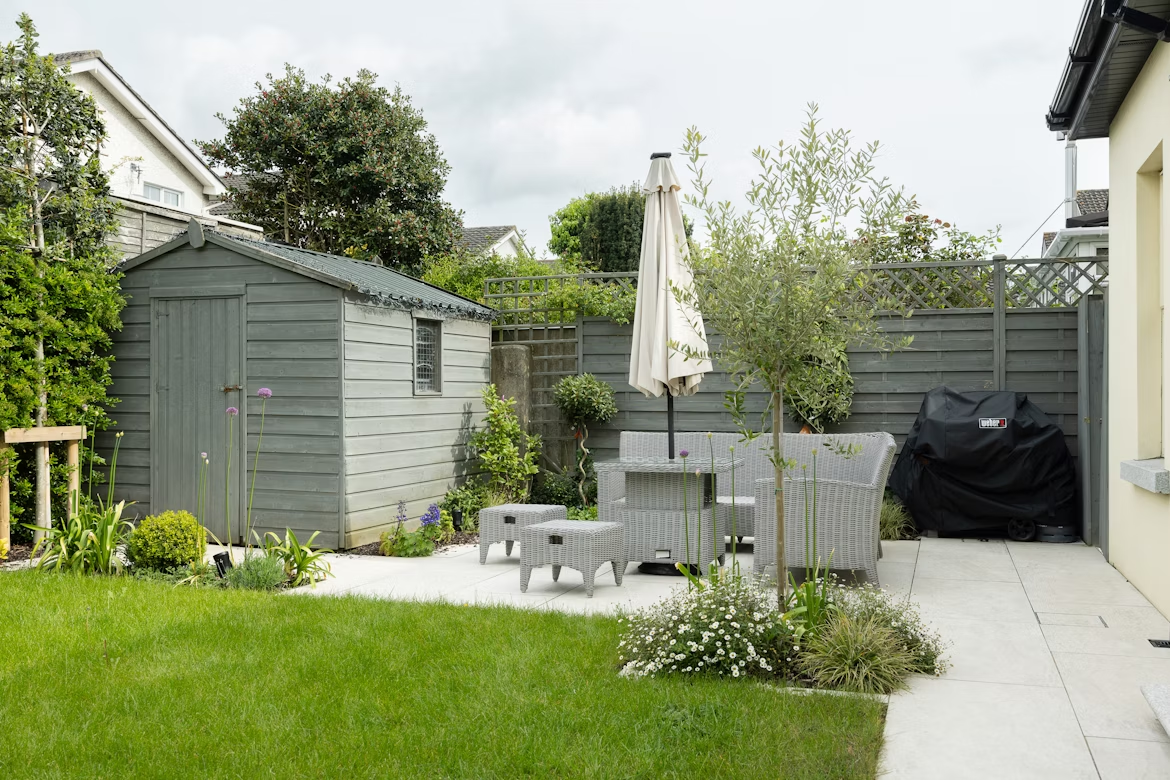Most homeowners design their outdoor spaces with summer in mind, then wonder why their backyard feels lifeless come November. The secret lies in creating spaces that adapt naturally to each season’s unique character. A well-planned backyard becomes a year-round extension of your home, offering distinct pleasures whether you are watching spring bulbs emerge or admiring frost-covered evergreens.
Spring Freshness with Color and Growth
Spring awakens your backyard from winter dormancy, and smart plant selection makes this revival spectacular. Choose early-blooming varieties like forsythia, daffodils and cherry trees that provide instant color when everything else remains brown. These plants signal that warmer days are ahead and create natural focal points throughout your space.
Raised beds and decorative planters offer flexibility that traditional in-ground planting cannot match. You can position them strategically to catch morning sun or create privacy screens. Fill them with cool-weather annuals like pansies and primrose that thrive in spring’s unpredictable temperatures.
Summer Comfort and Functionality
With summer backyards you will need to manage heat. Shade becomes your most valuable commodity, whether from mature trees, strategically placed pergolas, or retractable awnings. These features transform blazing afternoons into comfortable outdoor experiences. Your summer entertainment hub needs dedicated zones for cooking and gathering. Consider these essential elements:
- Built-in grilling stations with prep counters
- Outdoor refrigeration for easy access
- Weather-resistant storage for cookware and entertaining supplies
- Multiple seating options from casual lounge chairs to dining sets
Lawn choices matter significantly during peak summer months. Drought-tolerant varieties like buffalo grass or fescue blends handle foot traffic better than Kentucky bluegrass while requiring less water and maintenance. Professional landscaping and lawn care services can help establish these hardy varieties properly, ensuring they develop the deep root systems needed to withstand summer heat.
Autumn Warmth and Texture
Fall design uses nature’s dramatic color palette through tree and shrub placement. Maples, oaks, and dogwoods provide the obvious choices, but consider lesser-known options like burning bush or sumac for intense reds and oranges.
Fire pits become the season’s centerpiece, extending outdoor time well into cooler months. Position seating in a circle rather than straight lines to encourage conversation and ensure everyone benefits from the warmth. Add outdoor blankets and cushions in rich autumn colors to enhance the cozy atmosphere.
Natural materials shine during fall months. Stone pathways, wooden benches, and cedar planters complement the season’s earthy tones while adding textural interest that remains appealing even after leaves drop.
Winter Interest and Structure
Winter reveals your backyard’s true bones, making structural elements crucial. Evergreen trees and shrubs provide essential green backdrops when everything else goes dormant. Mix different textures through ornamental grasses which add movement and catch snow beautifully. Lighting becomes critical during shorter days. These winter illumination strategies work particularly well:
- Uplighting for trees and architectural features
- Patch lighting for safety and visual interest
- String lights for ambient warmth
- Solar stakes that highlight garden beds
Sculptures, fountains, or distinctive planters serve as winter focal points. These elements draw the eye and provide structure when seasonal planting disappears.
Endnote
Smart seasonal design creates outdoor spaces that feel fresh and purposeful regardless of weather conditions. Start by identifying which seasons you most want to enhance, then build in elements that support these goals while maintaining appeal during quieter months.

